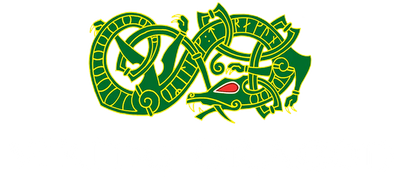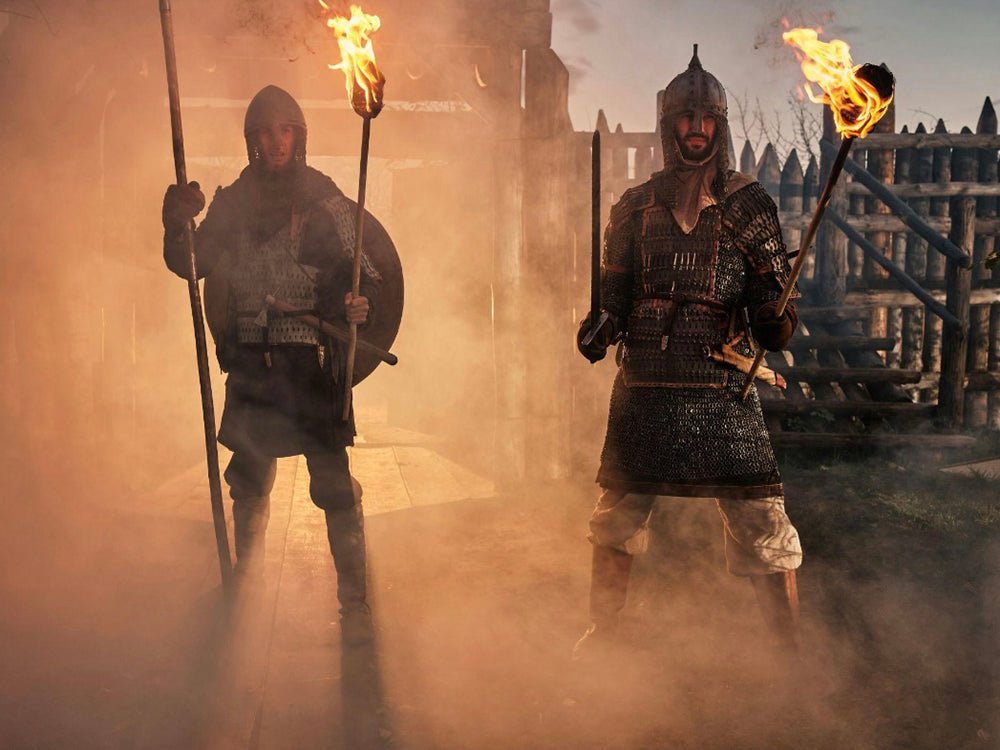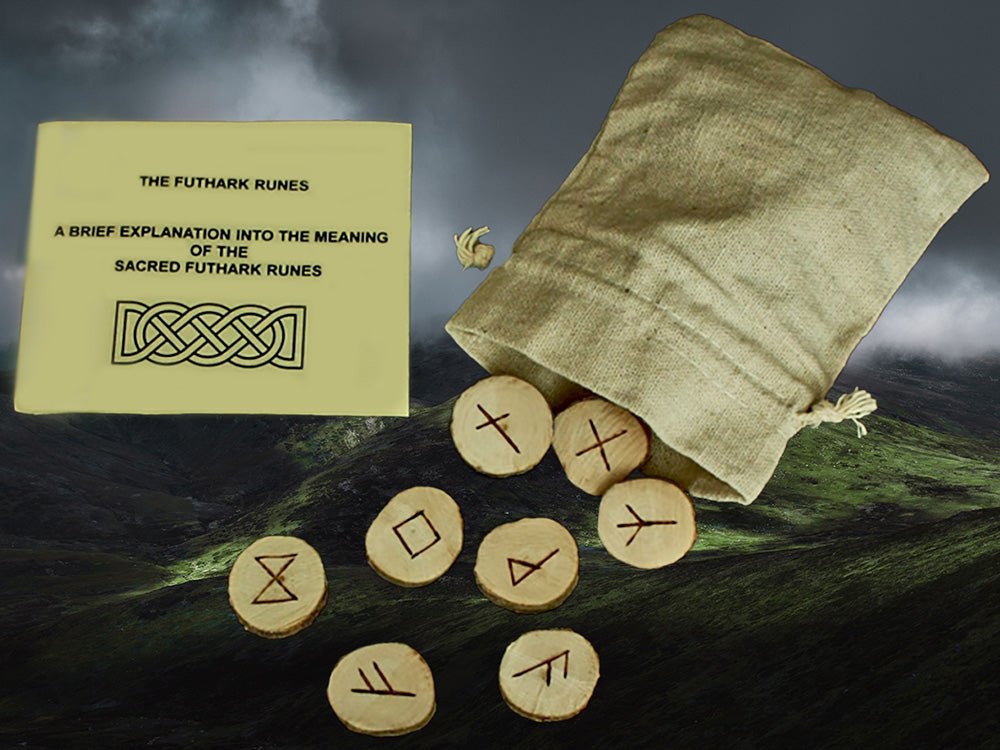If you asked a Northern European in the 11th century what they thought about the Vikings, you’d probably hear that they were violent, pagan raiders. However, travel further South and you might discover an altogether different reputation. If you asked someone in Southern Europe or the Middle East about the Vikings, they might tell you about canny traders and businessmen bringing valuable commodities from the North.
As well as travelling to raid and colonise in the North Atlantic, the Vikings travelled South and East as merchants. In fact, the Norsemen established a vast trading network, facilitated by outposts along rivers and coastlines, which allowed them to buy and sell goods from as far away as Africa and Asia. The breadth of this commercial matrix is evidenced by treasure troves of exotic goods discovered in Scandinavian graves, as well as Nordic products such as skins and handicrafts unearthed from Spain to Central Asia.
Mediterranean Trading
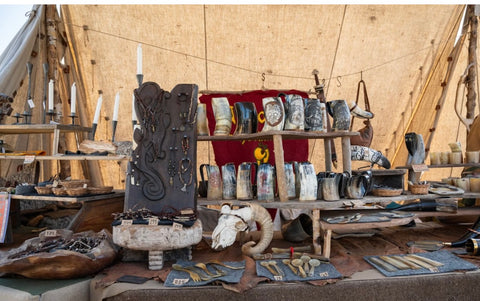
Though it was more cumbersome to travel 1000 thousand years ago than it is today, international trade was still crucial for most societies around the world during the Viking-age. At that time, many of the biggest trading hubs were located in the Mediterranean or Middle East. Constantinople and Baghdad in particular acted as the gateways between Europe, Asia and Africa. Though far from Scandinavia, the Vikings traded frequently on this global marketplace, sailing south with goods from their homeland and other Nordic colonies and returning, often a year or more later, with foreign goods such as textiles, medicines, jewels and gold.
As frequent merchants at these trading hubs, the Vikings garnered a reputation for the quality products that they brought from Northern Europe. Bear, fox and reindeer hides were particularly prized, as were expertly-crafted, Norse-made weaponry. The Vikings also had unique methods for drying and smoking fish, allowing them to sell North Atlantic species, especially cod, in Mediterranean market towns. And of course, the long journeys between Scandinavia and Southern Europe gave travellers ample opportunity to carry out raids along the way, picking up a couple of slaves to sell as well.
The vast array of unique products that Norse merchants could trade was also facilitated by the extensive network of Viking colonies. The economies of Greenland and Iceland relied heavily on trade with Scandinavia as agriculture was less reliable in their polar settlements. This allowed Viking travellers to bring such exotic products as polar bear fur and walrus or narwhal ivory to sell in the Middle East.
The Voyage South
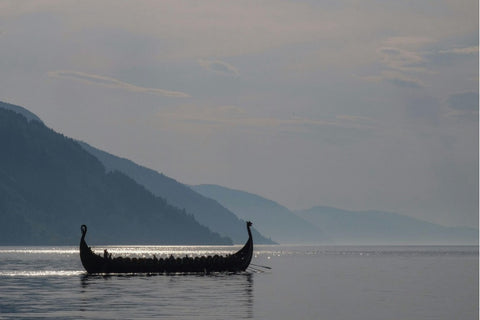
As well as the varied goods that they could sell, the secret to the Vikings’ trading was largely based on their prowess as travellers. We all know that Vikings were expert seafarers, but a Norseman’s journey to the Mediterranean would have usually been taken mostly by river. The narrow, lightweight design of the Vikings’ trademark longships meant that they could be navigated inland through river systems. This negated the need to sail into the Atlantic and around the Iberian peninsula to access the Mediterranean, as Vikings could instead sail down Eastern European rivers such as the Dnieper and Volga to access the Black Sea. This journey was also safer, as it avoided the risk of rough waves or getting lost in the Atlantic.
The one issue with travelling by river was that Russian rivers have a tendency to freeze during the winter. This meant that a voyage to the Mediterranean had to be taken during Summer, and the crew would usually have to overwinter abroad before returning the next year. Frozen rivers could still be traversed by sledge (which could sometimes even be a quicker way to travel), but this would mean carrying less merchandise, equipment and provisions for the crew.
The importance of these river routes had a significant impact on the landscape of European societies, even beyond the Viking-age. These networks were so important that the Vikings set up outposts en route, giving rise to an entire civilisation of Eastern Vikings. Often known as the Varangians, these Norse settlers established many settlements in modern-day Russia, Ukraine and Belarus, including Novgorod and Kyiv. In the 9th century, the Viking king Oleg founded the state of the Kievan Rus, which at its greatest extent stretched from Karelia to the Black Sea.
Raiding all the way to Rome (and Beyond)
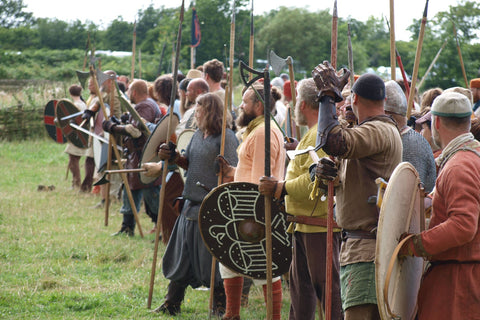
Though the relationship between the Vikings and their southern business partners was usually peaceful, there are documented cases of Nordic raids in the Mediterranean. The most famous is Bjorn Ironside’s failed attempt to sack Rome in the mid-9th century. Having raided Paris and several settlements along the French coast, Ironside and his men set their sights on the Mediterranean. Their voyage saw them rain terror on coastal towns in Spain, North Africa and the Balearic Islands, but their final destination was set to Rome. Unfortunately for this group of Vikings, they mistakenly sacked the North Italian city of Luni, mistaking it for Rome from outside the city walls.
Like many stories from Icelandic sagas, historians aren’t sure how much of Bjorn Ironside’s voyage really happened and how much is exaggerated. However, archaeological evidence and testimonies from Mediterranean sources do point to several Viking raids taking place in the 950s and 60s which seem to match the route the Ironside supposedly took to Italy. Whether Ironside himself conducted these attacks or not, there’s no doubt that Viking raids were a semi-regular occurrence during this time.
Viking raiders secured the Norsemen’s reputation as fierce fighters in the Mediterranean as well as the North Sea. This association gave jobbing Vikings another employment opportunity down south: bodyguards. Scandinavians were sought-after guards and mercenaries in Southern Europe and the Middle East, and many Norsemen relocated permanently to work for local noblemen and even royalty. The most prominent example is the famous Varangian Guard, an elite unit in the Byzantine Army primarily made up of Scandinavian fighters. This rank served as the personal security of the emperor and was trusted to suppress revolts and rebellions.
